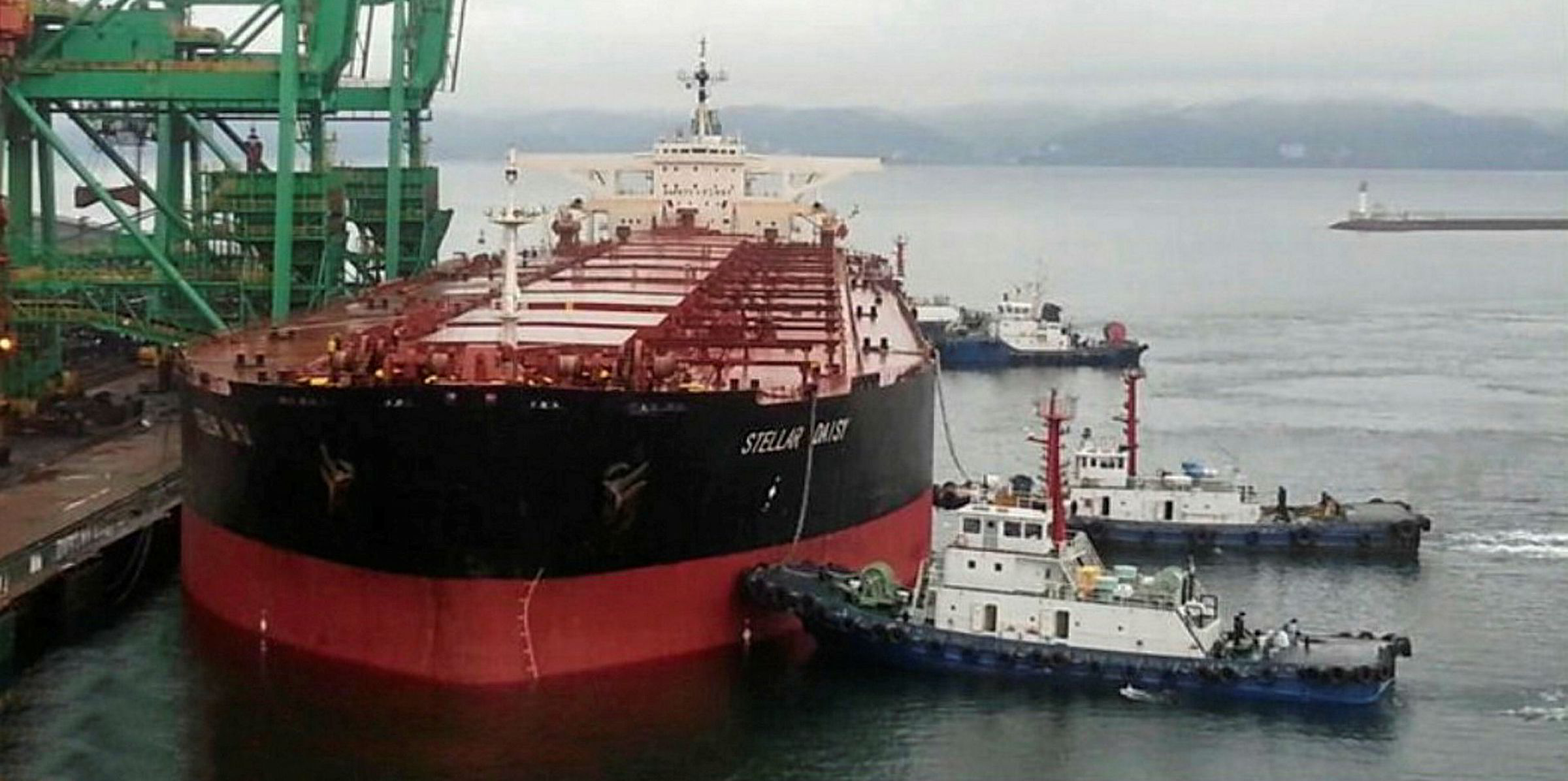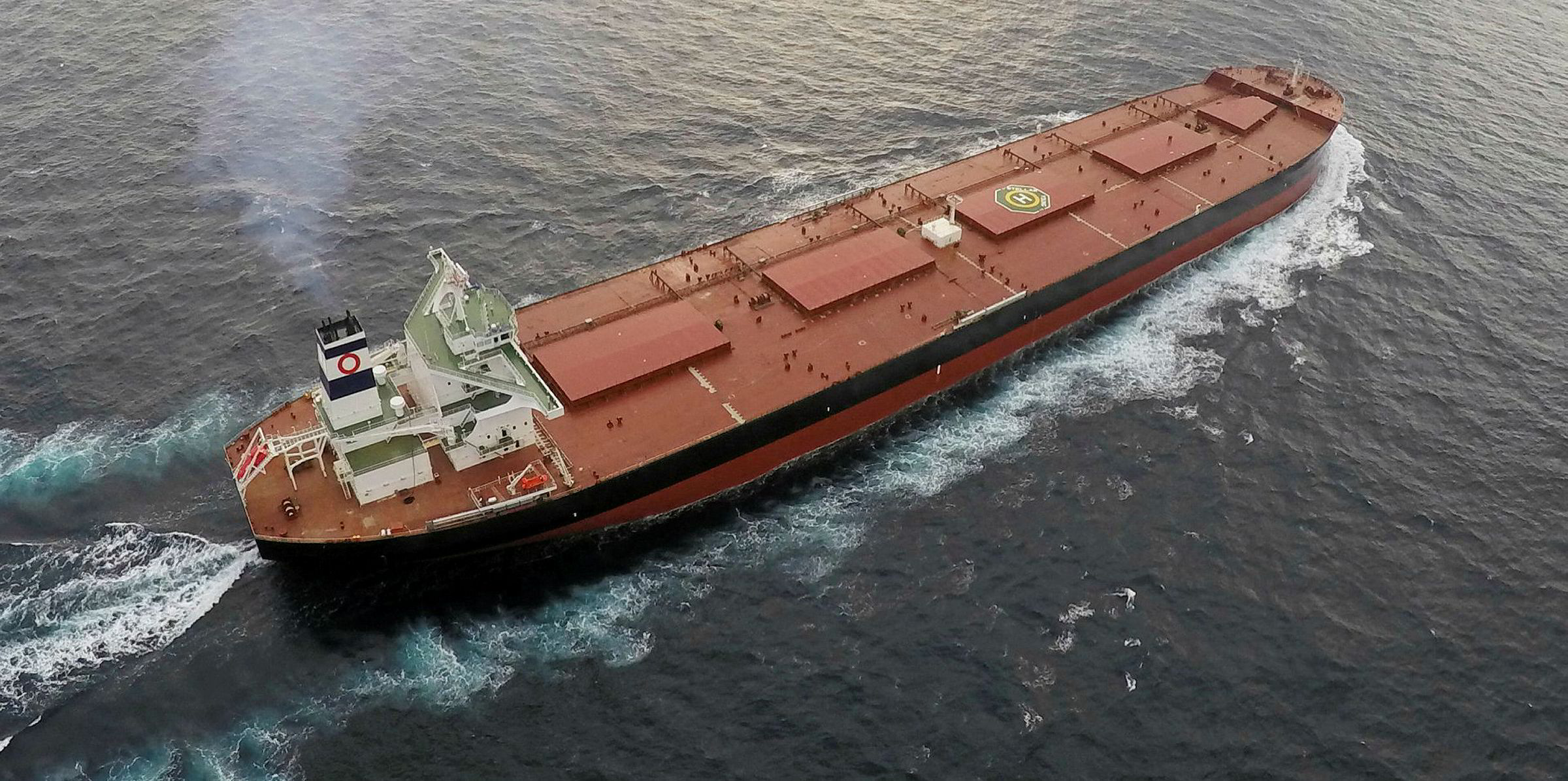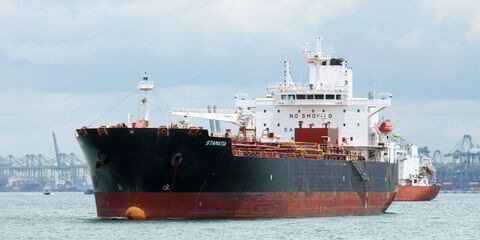About 60% of the converted VLOC fleet has stopped operating as shipowners replace them with more modern vessels, leaving the bulkers poised to disappear from shipping for good.
This is according to figures compiled by Bimco chief shipping analyst Peter Sand, who said the vessels are "increasingly becoming a thing of the past with the long-term freight contracts coming to an end as newer and more reliable ships replace them in the market".
Since June 2017, 43% of the VLOC fleet has been sent to scrapyards, while another 18% is idled or damaged.
"The tragic Stellar Daisy accident brought the safety aspect of VLOCs into question," Sand said.
"Now, three years on, three out of five VLOCs are no longer in operation as their long-term charters have now expired. Going forward, the obsolete VLOCs will be phased out of the market and replaced with technologically superior and more reliable ships."
The VLOCs began to be converted from single-hulled VLCCs towards the end of 2000 as an innovative result of the dry bulk super-cycle and the IMO regulation which mandated that all single-skinned tankers be phased out by 2010.
With cheap and obsolete tanker tonnage in the market, investors eyed an opportunity to convert and deploy ships on long-term contracts of affreightment, often with a duration of 10 years.
Last week, Brazilian iron-ore giant Vale said it plans to let go of or substitute 25 converted VLOCs as part of a "new risk management approach".
And in January, TradeWinds reported that Polaris Shipping was looking to sell up to 10 converted ore carriers employed by Vale on contracts of affreightment.
Ships disappear
In 2017, Bimco analysed the VLOC fleet, which at the time consisted of 51 ships with an average age of 23.8 years.
"Back then, we argued that the ships on long-term contracts still made solid economic sense, given a second-hand price equal to the scrap value and stable earnings," said Sand.
"Arguably, the maintenance and repair costs are significantly higher than younger tonnage, but the statement from 2017 still holds true, granted the condition that the ships have employment under long-term contract."
But he added that once the vessels no longer have to fulfil obligations under long-term contracts, the economic incentive to keep the ships afloat evaporates.
"At face value, during their time as ore carriers, these ships have provided a solid return on investment, even when accounting for higher maintenance cost," Sand said. "
Although the conversion from tanker to dry bulker came at an estimated price of $12m to $15m, plus the cost of the actual ship, the freight revenue from the long-term contracts for carrying ore from Brazil to China have exceeded the cost by a fair margin."
Down to the last 28 vessels
Only 28 such ships now remain, eight of which are lying idle in Labuan, a dedicated lay-up site.
A total of 22 VLOCs have been scrapped, while one is damaged and not in service.
"Therefore, it seems likely that converted VLOCs will soon be a memory of the past," Sand said.
And he added that the investment strategy of converting cheap tanker tonnage to dry bulk carriers seems unlikely to be replicated any time soon.
Many of the VLOC conversions were only complete after the financial crisis put an end to the bull market in 2007 and 2008.
The ships entered a market which never recovered to previous highs, but nonetheless remained a profitable one in the initial years.
With new purpose-built Valemaxes already delivered, there will be no tonnage shortage as converted units are broken up, Sand said.
And Arctic Securities analyst Jo Ringheim said the demolition of converted ships "will have a net positive impact on the market balance because it will reduce supply".
"Given Vale’s guidance on iron ore production (and we expect the production volumes to be exported), Vale will need to replace the ships with other [chartered-in] vessels or vessels trading in the spot market," Ringheim said.





